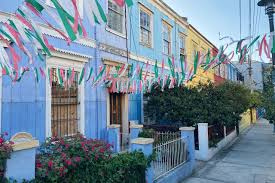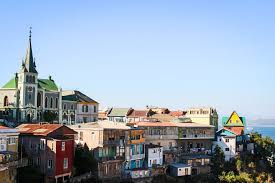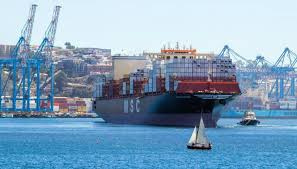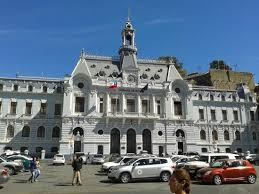What historical events have shaped Valparaíso’s development?

What historical events have shaped Valparaíso’s development?
What historical events have shaped Valparaíso’s development? Valparaíso, a key port city in Chile, has a rich history influenced by various significant events.
These events have shaped its cultural, economic, and social landscape over the years. Here’s an overview of some pivotal moments in Valparaíso’s history.
Founding and Early Development (1536)
Valparaíso was founded in 1536 by Spanish explorer Juan de Saavedra, though it remained largely undeveloped for decades.
Its strategic location on the Pacific coast made it a potential hub for trade and naval operations, attracting attention from various maritime nations.

Colonial Era (16th-18th Century)
During the colonial period, Valparaíso became a vital port for the Spanish Empire, facilitating trade between Spain and its colonies.
The influx of goods and resources contributed to the city’s growth and importance in the Pacific trade routes.
Independence Movement (1810-1818)
Valparaíso played a significant role in the Chilean War of Independence, serving as a key port for revolutionary forces.
The city was a center for the movement, with patriots using its resources to support the fight against Spanish colonial rule.
Economic Boom (19th Century)
The discovery of nitrate in the 19th century led to a significant economic boom for Valparaíso.
As a major export hub for nitrate and other goods, the port experienced rapid growth, attracting immigrants and businesses.
International Trade Hub (Late 19th Century)
By the late 19th century, Valparaíso had established itself as one of the leading ports in the Southern Hemisphere.
The city became a crucial stop for ships traveling between the Atlantic and Pacific Oceans, enhancing its global trade connections.
Construction of the Funiculars (Early 20th Century)
In the early 20th century, funiculars were built to connect the port with the higher hills, improving transportation and access.
These funiculars became iconic symbols of the city and facilitated the movement of people and goods.
The Great Earthquake (1906)
The devastating earthquake of 1906 caused significant damage to Valparaíso’s infrastructure, leading to reconstruction efforts.
This event highlighted the city’s vulnerability to natural disasters and prompted improvements in building standards.
World Wars Impact (20th Century)
Both World Wars affected Valparaíso’s economy and shipping activities, as global trade patterns shifted.
The port adapted by focusing on local needs and developing its maritime infrastructure to support changing demands.
Political Turmoil (1970s)
The political climate in the 1970s, including the rise of Salvador Allende and the subsequent military coup in 1973, impacted Valparaíso’s social fabric.
These events led to economic challenges and social unrest, affecting the local community.
Cultural Renaissance (21st Century)
In recent years, Valparaíso has experienced a cultural renaissance, with a focus on preserving its heritage and promoting tourism.
Art, music, and literature have flourished, making the city a vibrant cultural hub, attracting visitors from around the world.
In summary, Valparaíso’s development has been shaped by a series of historical events that highlight its strategic importance, economic growth, and cultural richness.
From its colonial beginnings to its role in independence and modern-day cultural revival, Valparaíso remains a city of significant historical importance in Chile.
Each event has contributed to the unique character of this coastal city, making it a vital part of Chile’s identity.





Leave a Reply